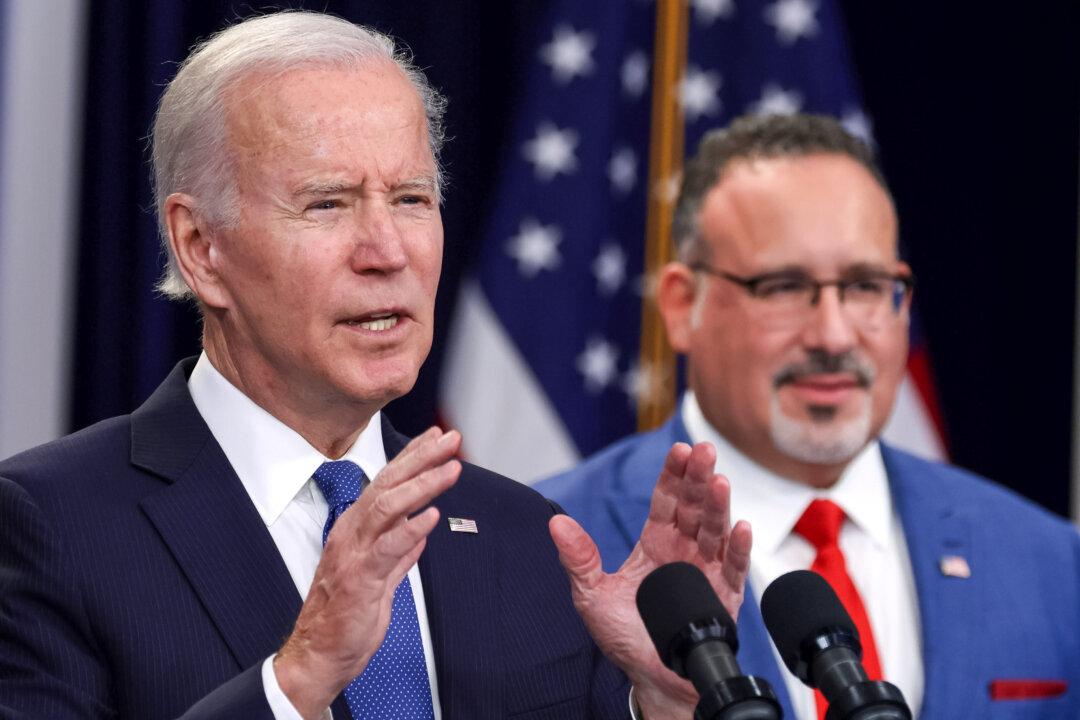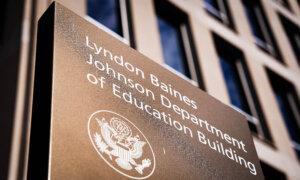President Joe Biden is proposing to make a temporary tax benefit permanent for most federal student loan borrowers who have or would be eligible for a discharge of their debts.
The America Rescue Plan Act, a $1.9 trillion pandemic-era stimulus package that President Biden signed in 2021, exempts most types of forgiven student loans from federal income taxes. But it applies only to loans discharged between Jan. 1, 2021, and Dec. 31, 2025.
As part of the White House’s newly released budget proposal for Fiscal Year 2025, President Biden wants to keep student loan cancellations shielded from federal taxation for an unlimited time.
If the proposal is approved by Congress, student loan debts discharged under Income-Driven Repayment (IDR) and Total and Permanent Disability (TPD) plans would remain non-taxable.
Under an IDR plan, borrowers may be eligible to have any remaining balance canceled after a certain amount of time in repayment—typically after 20 years for undergraduate loans and 25 years for graduate school loans.
Meanwhile, a TPD discharge is offered to those who can prove that they have a physical or mental disability that severely limits their ability to work, now and in the future.
Before the COVID-19 pandemic, student loan debts forgiven via IDR, TPD, and the Higher Education Act’s “settlement and compromise” authority, were treated as taxable income.
In these instances, borrowers would be required to file a Form 1099-C, a tax form to report canceled debt amounting to $600 or more as income for federal tax purposes.
The tax is levied at the federal income tax rate the year forgiveness occurs. For example, someone with a balance of $10,000 wiped out after 20 years of making payments could be required to pay 12 percent of that amount, or $1,200, to the IRS, provided the borrower is single and earns less than $35,000 a year.
Student loan amounts forgiven through changes in the Public Service Loan Forgiveness (PSLF) program are not considered income for tax purposes, according to the IRS.
The PSLF program allows those working for the government and certain nonprofits to have their remaining debt discharged after 10 years of payments and working in those fields.
At the state level, a handful of states still consider student loan forgiveness to be taxable. Borrowers in California, Indiana, Mississippi, North Carolina, and Wisconsin may still get a state tax bill even if their debt relief is tax-free at the federal level.
Should the White House budget plan be enacted, the tax benefit would not only be applied to debts forgiven under the IDR and TPD programs, but also the amounts wiped away under President Biden’s new student loan forgiveness plan currently in development.
Last summer, the U.S. Supreme Court shot down President Biden’s initial plan to offer a blanket debt discharge for every borrower economically affected by the COVID-19 pandemic.
After the court’s conservative majority ruled that he overstepped his authority, President Biden tasked the Education Department with crafting a new plan based on the Higher Education Act’s “settlement and compromise” authority.
While this plan B is being developed on a more solid legal basis, it requires a more lengthy and complicated process called “negotiated rulemaking.”
The Education Department has so far held four negotiated rulemaking sessions on questions such as who will be eligible for the relief, how the relief will be administered, and how much relief they will get.
The Education Department is expected to unveil draft rules later this year. However, plan B’s fate will be determined by the presidential election in November.
If Congress does not approve the budget proposal this year, it’s still possible for whichever administration is in power in 2025 to extend the tax benefit or make it permanent before it expires.







